Tata Zica Review, First Drive
The Tata Zica, or the Tata Tiago, is the carmaker's latest entry-level hatchback that follows a contemporary design both inside and out. And I must say, it impresses a lot too. Read the full review here.
The Zica appears to herald a new beginning for Tata Motors. But does it really?
I need to start this piece with a disclaimer. In the past, along with many of my colleagues, I’ve been guilty of turning a blind eye to some of the basic faults in many of the passenger cars built thus far by Tata Motors. If the pedal spacing wasn’t quite right – well, it was okay because it was a Tata. If the driving position, or the steering angle, was a bit off – well, it wasn’t bad for a Tata. If the build quality was a bit iffy – well, you get the picture…
But mind-sets have changed. The Indian consumer expects the very best. He or she takes no prisoners and accepts no compromises. There are no longer any second chances. And it appears that Tata Motors has got the memo – because the Zica certainly looks the part. It has no blemishes whatsoever, and aims to stand toe-to-toe with the very best that the industry has to offer.
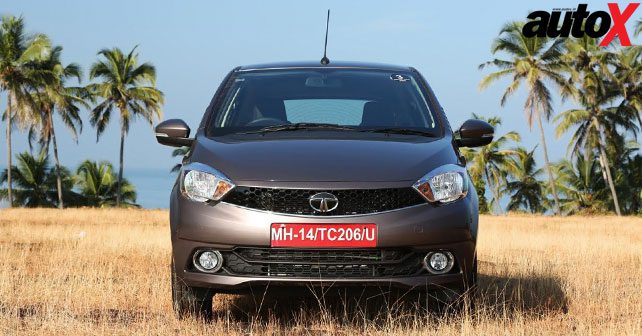
Pratap Bose, and the design team at Tata Motors, have done a great job with the overall design – both inside and out. The shapely body appears quite mature and sophisticated, while being interesting and edgy at the same time. On the inside as well, the cabin appears to be beautifully executed with premium materials and excellent fit-and-finish. And, as you can see, I’m not ending any sentences here with the phrase, ‘for a Tata!’
The Zica (which is a happy blend of ‘zippy car’) has a mild shark-nose front end, with a nicely detailed honeycomb front grille finished in gloss black. The headlights have a three-dimensional look to them, and beautifully connect the grille with the bumper. Even the logo on the front is larger and more three dimensional to hint towards a newfound confidence for the company. And there are more little details to marvel at – the arrow-shaped recesses for the door handles for instance, or the two little winglets at either end of the top of the tailgate, which work to clean up the airflow without running the full width of the boot. And the overall appearance of the Zica is of a machine that’s planted and purposeful – not to mention contemporary and modern. Nicely done!
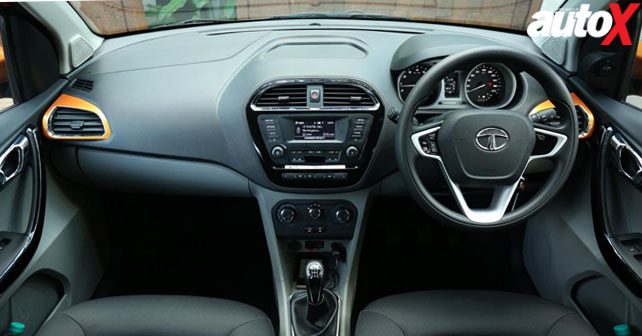
It gets better in the cabin. The top of the dash is a nicely textured soft-touch material. So is the A-pillar, nicely textured that is, while the headliner fabric is quite premium – so much so that it lifts the entire cabin. The surrounds of the AC vents at both ends of the dash are body coloured – but only on the orange and red cars. With every other colour, they have a piano black finish. You also get very supportive seats, chunky closed loop door handles in chrome, and an absolutely incredible Harman sound-system that’s best in class and then some! And, of course, a Tata hallmark is a feeling of space – which the Zica provides in spades.
But it’s not all gold medals and victory parades. You need a PHD in computer science to get the Juke-Car app (for music) and the smartphone enabled navigation app to work properly. The air vents don’t close fully, and the AC only operates in two modes – sub zero and freezing. The fan speed, meanwhile, ranges from gusty to cyclonic. The steering column isn’t adjustable for reach, and so finding the right driving position can take some doing. But, of course, these are pre-production cars – so some of these problems can be fixed before the car is launched in January next year.
Where the Zica claws back much of its lost ground is in the engine compartment. It comes with a pair of brand new engines – an all-new Revotron petrol and what they’re calling a Revotorq diesel. Both engines are three cylinder units – 1,199cc and 1,047cc respectively. Both have dual overhead camshafts, four valves per cylinder, and two engine modes – Eco and City. The petrol engine has variable cam timing, while the diesel gets a balance shaft to reduce vibrations. Both also get ABS with EBD, and dual airbags – at least on the top-end variants that we drove.
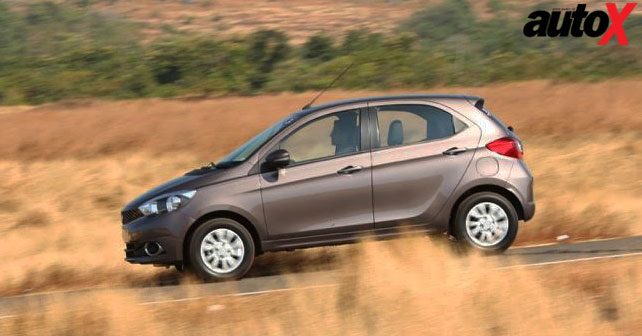
On the road, the Zica continues to impress. The brand new powertrains are extremely impressive. The diesel is extremely smooth, NVH levels are excellent, and the mid-range is very punchy with 140Nm of peak torque between 1,800 and 3,000rpm. The petrol, meanwhile, loves to rev and is no slouch either. Neither engine has that three-cylinder thrum or uneasiness that you would expect. Impressive again!
Of course, there are always areas for improvement – such as a wider power band for the diesel, and a quicker revving motor for the petrol – but, considering that these engines form the basis for the powertrains that will see Tata Motors through their next stage of development, the future looks quite bright indeed.
I would also have preferred the throws of the gear lever to be shorter and more precise, and the steering rack to be quicker and more direct – but, on the whole, both machines are quite impressive from behind the wheel. The controls and the clutch pedal are light in both cars, and the ride-and-handling balance – a hallmark for Tata Motors – remains spot on.
And so it seems that the Zica can truly take the fight to the likes of the Grand i10, which has been exceedingly successful for Hyundai. Sure the build quality on the Zica could improve further, and there are still some small niggles that need to be sorted – but I’m going to be so bold as to say that this is the first real modern and cutting-edge car from the company.
So, to answer the question at the top of this Tata Zica– yes, the Zica really does herald a new beginning for Tata Motors!

Photography by: Kapil Vashist
Engine: 1,199cc / In-line 3-cylinders / 16 valves
Fuel: Petrol
Transmission: 5-Speed Manual / Front Wheel Drive
Power: 83bhp @ 6,000rpm
Torque: 114Nm @ 3,500rpm
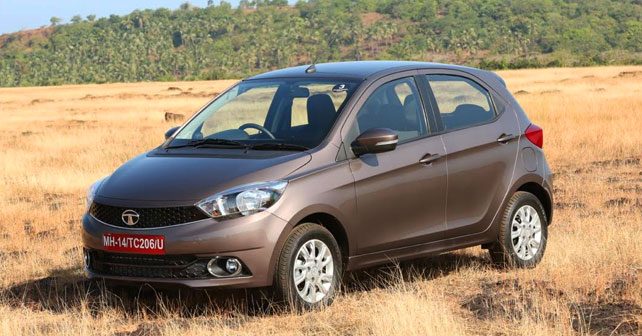
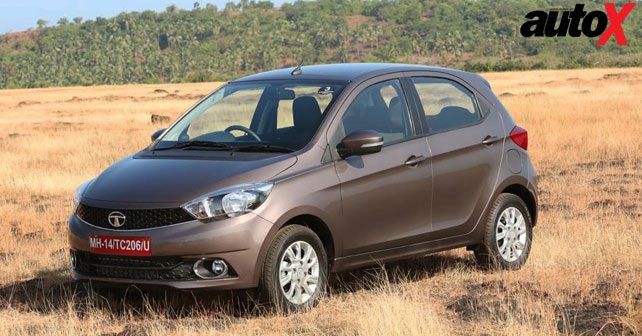
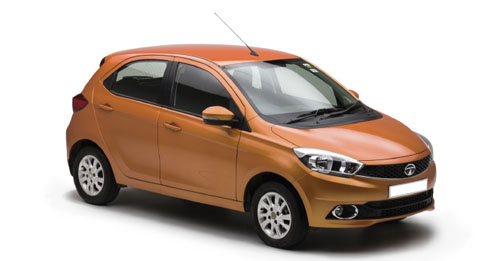


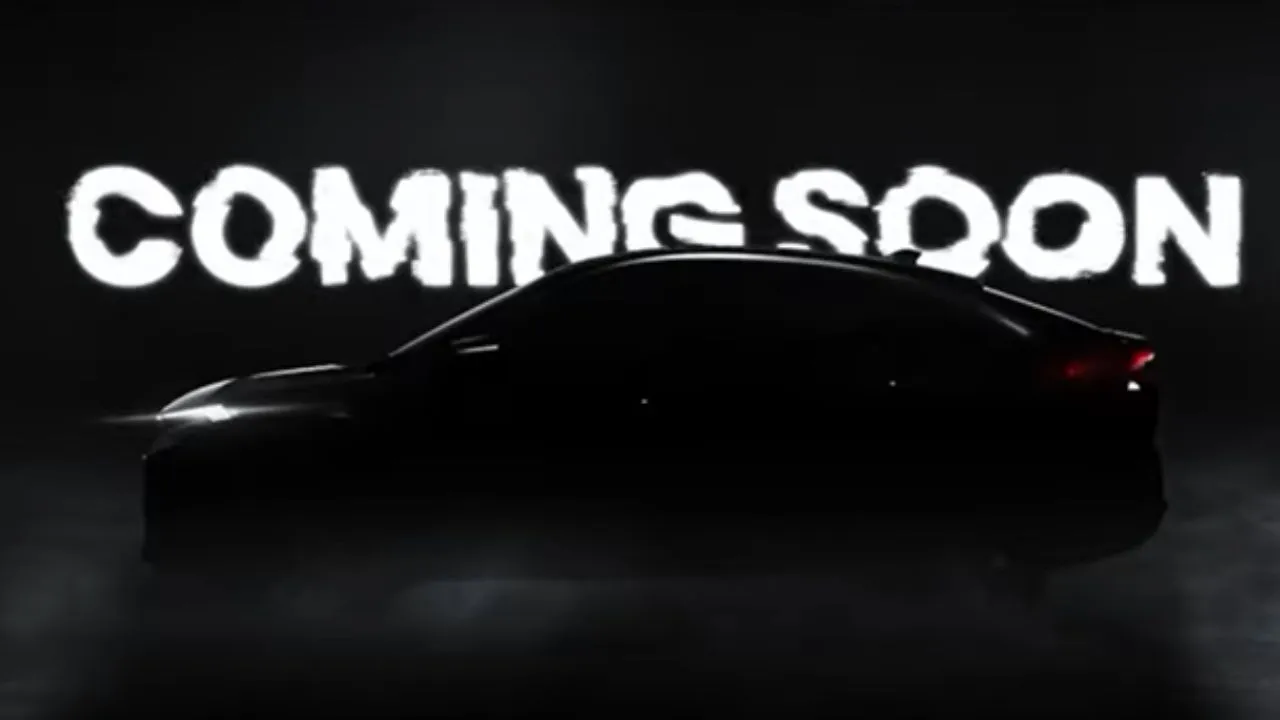


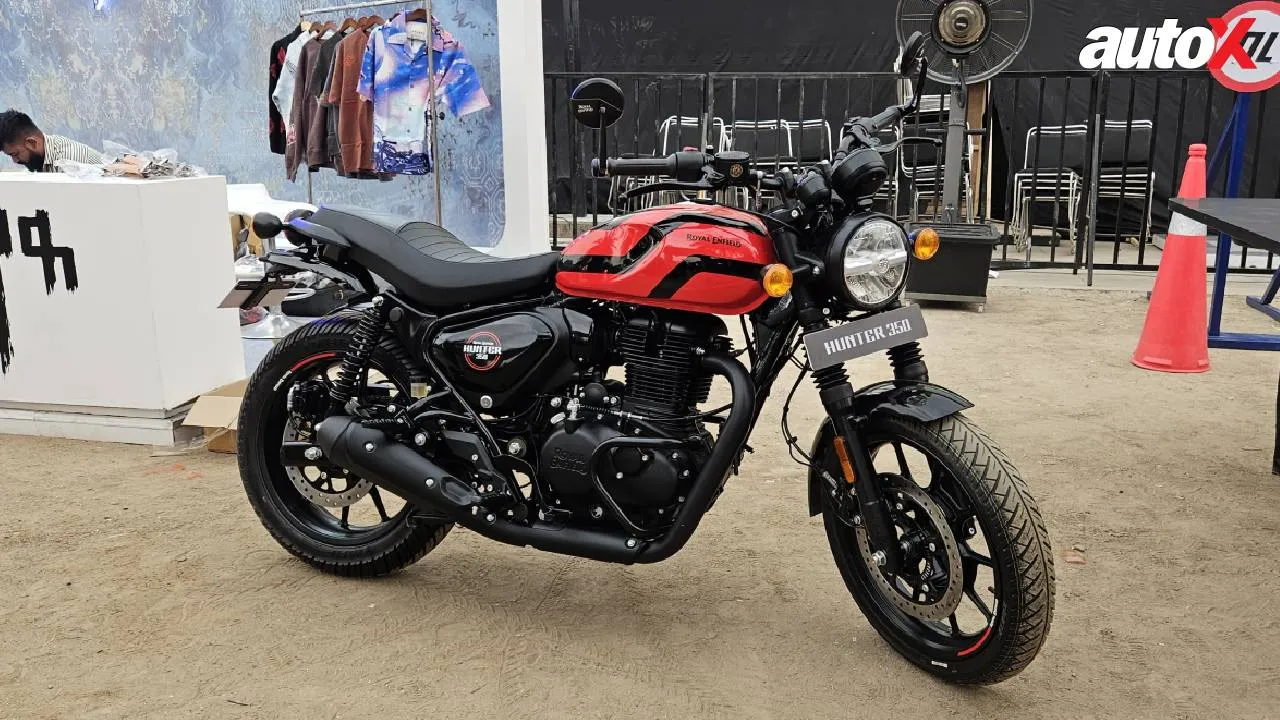
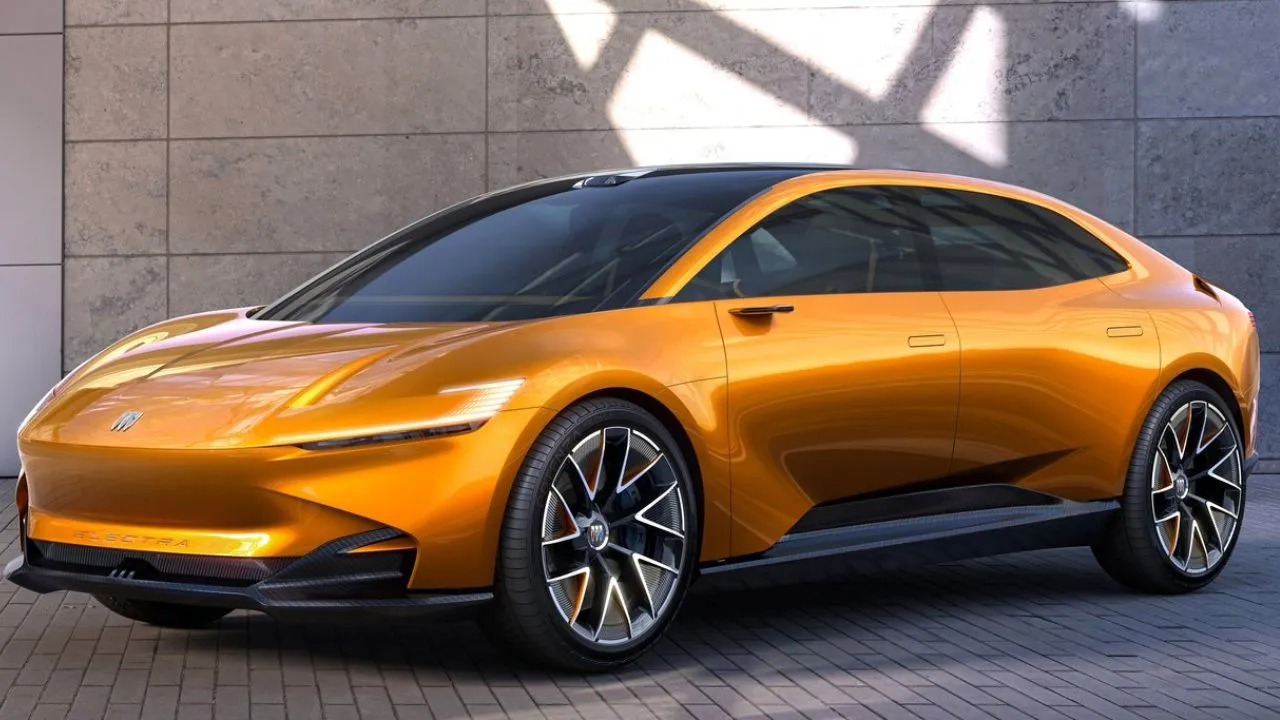
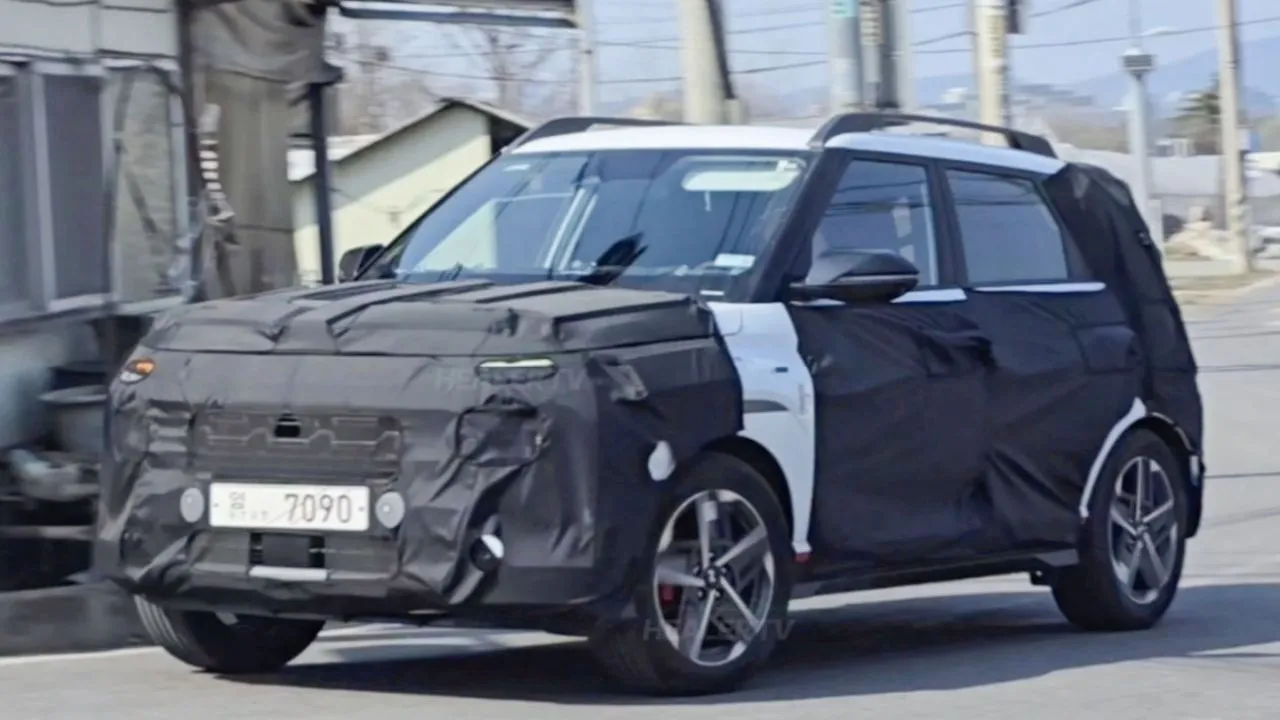
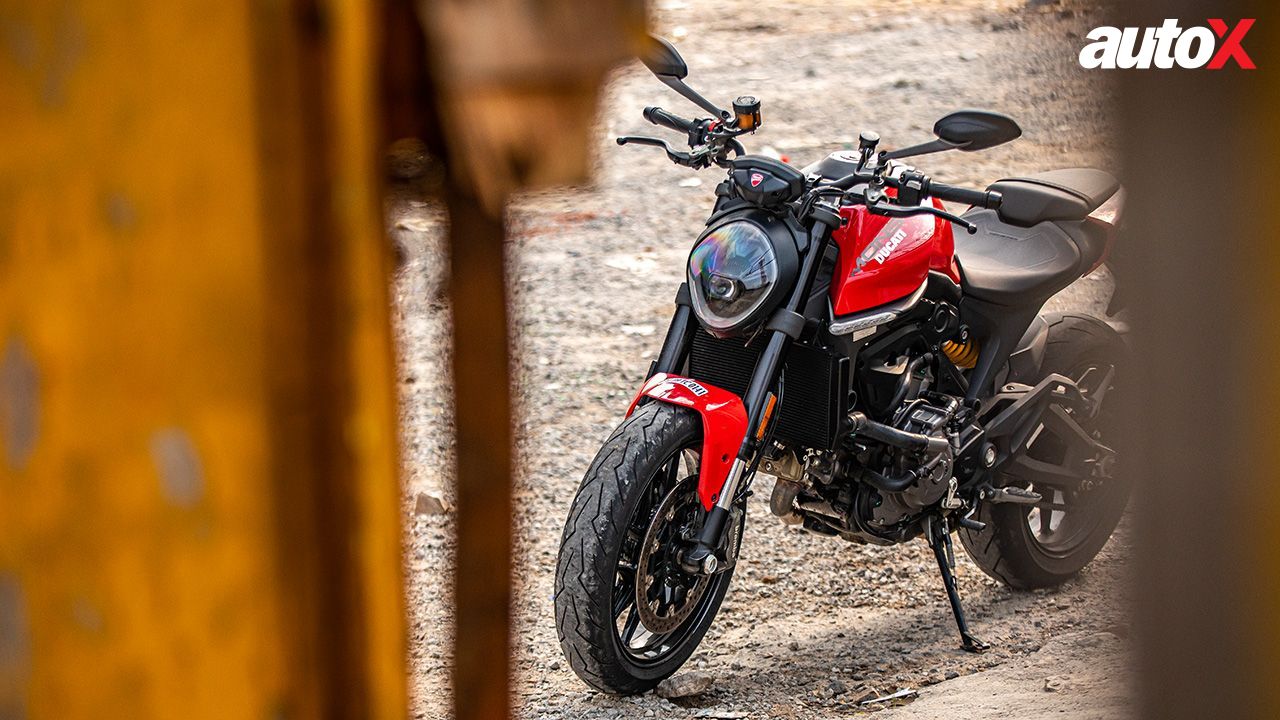
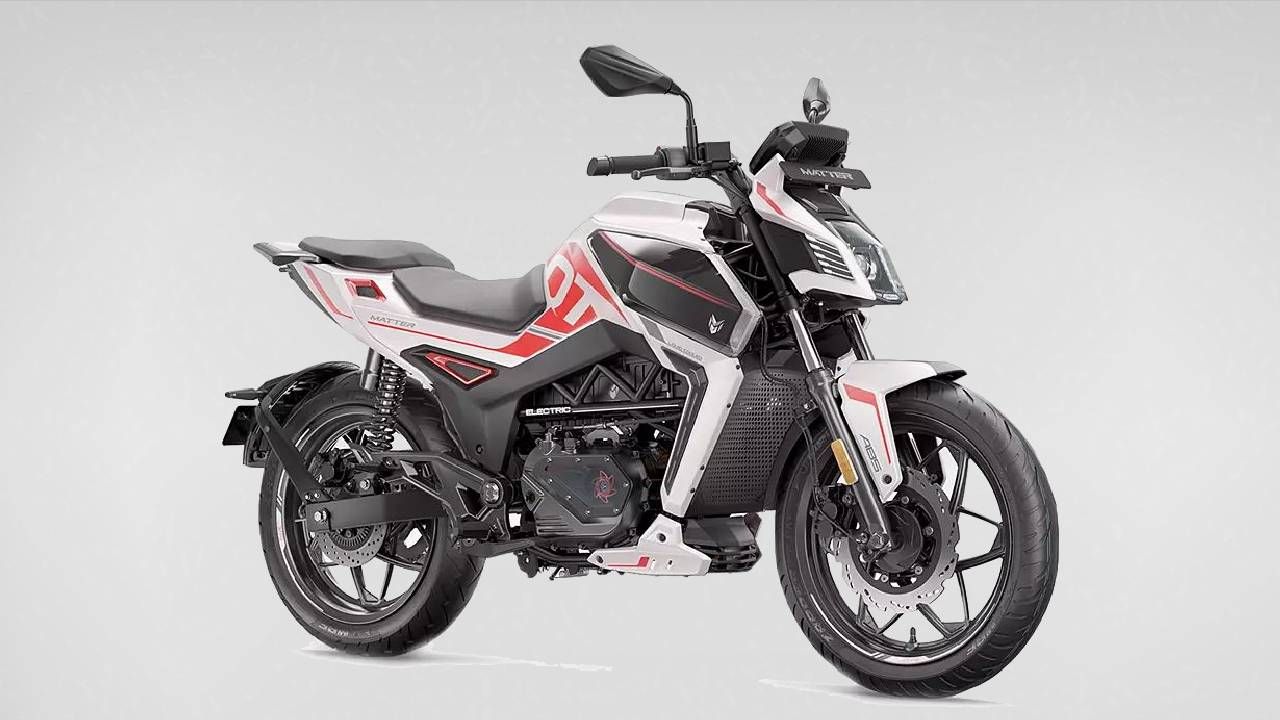



















Write your Comment on